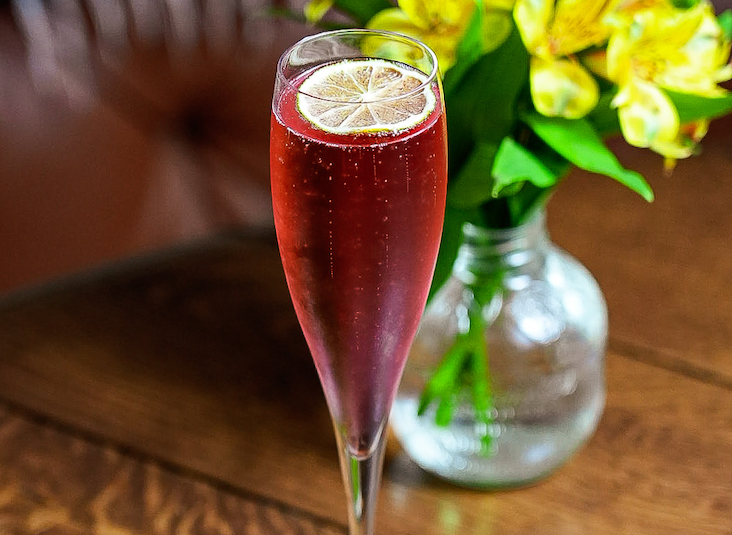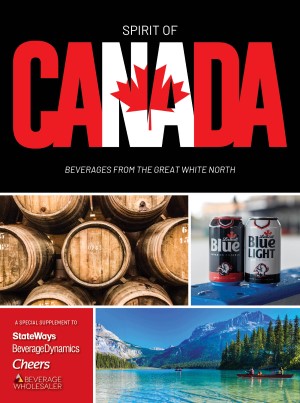One way an operator can pump the tea nut is to create tea service tea as an event. When tea is in the forefront, such as is the case when some of America’s finer hotels–Chicago’s Drake Hotel, any of the Four Seasons units and Denver’s Brown Palace come to mind–execute their afternoon tea service, it becomes a splendid event. But let’s just talk about profit here for a minute.
Say that four women customers decide one afternoon to go to tea, because going to tea means refined service in an elegant setting. (Speaking as one, I can say it’s just a lovely, chick thing to do.) They sit in a beautiful atrium or hotel lobby or sunporch or patio, and a uniformed server approaches with the tea menu. Soft harp or piano music plays in the background. Softly filtering, late afternoon light dances around the room.
The menu contains several packages and some incremental add-ons. The most popular package is the full High Tea: a pot of tea of your choice, one or two small scones served with imported Devonshire cream and pricey jams, three or four gourmet finger sandwiches, perhaps a half-dozen mini-dessert or petit four offerings. The price? An outrageous $22.00 for what amounts to about $3 to $4 worth of product!
But do these ladies care? No, not at all. They are paying for the quality of the experience, not the quantity of the food. And since this is a pitifully small amount of food, the potential incremental sale of a salad or additional sandwiches or soup for $6 to $10 more is almost assured. One of these afternoon tea partiers may even spring for a celebratory flute of champagne; now, you’re looking at approximately a $38+ per person average check!
Of course, your turn time is sacrificed: Tea, done well, takes at least two hours per seating, which leaves available really only one seating on weekdays. But a savvy operator can pack in about three turns on a Saturday and do even better on holidays. I know the members of my tea set have their calendars primed for reminders when we can make reservations for Christmas Tea at the Brown Palace. It’s our special holiday treat to ourselves to every year, and we don’t mind spending to enjoy it.
But tea doesn’t demand liveried waiters, soft, live music and hushed voices—if you want to create a signature tea program, try thinking out of the box! How about a rock & roll tea? Or a themed Victorian tea, complete with period costumes—like shawls, hats and gloves—available for customers who want to participate? Or how about trying a funky New Age tea, with whole grain scones, organic creams, whole wheat vegetarian sandwiches and chocolate dipped fruits for the sweet-lovers, all to the tune of an Indian sitar? Or, if you’ve got poutdoor space, maybe a formal Japanese tea, with all the appropriate accoutrement.
Do the math yourself; if each patron spends about $30, and you seat only nine parties of four in those dead afternoon hours or slow Saturdays when teas are generally held, you’ve enhanced your daily sales upwards of $1000. Sure, there’s an initial investment, but there’s no reason why, once word gets out, that customers in other day parts won’t clamor—and pay—for quality tea.
The possibilities are endless and only limited to your imagination. We all have tables and chairs that wait, unoccupied, in those waning hours of the late afternoon. Have a tea Happy Hour; what a relaxing alternative to the crush of a traditional happy hour.
If you have the room, the resources, and the product to turn non-revenue producing hours into high profit makers, you owe it to yourself to at least check it out. You can create some incremental profit on something as cheap as tea, biscuits and some really small sandwiches. Imagine. No, I mean it…imagine!
But if nothing else, please, good madams and sirs, please just give me a basic, well-prepared, decent cuppa tea when I order it on my next visit to your establishment. I, and a great deal of the world’s population from China and England, Turkey and Russia, India, Sri Lanka and Japan, will thank you for it, with humble heart, softened nerves and appreciative cash.




